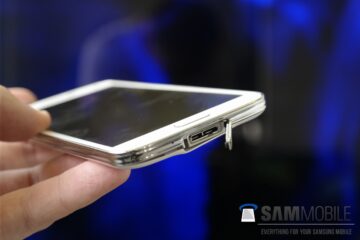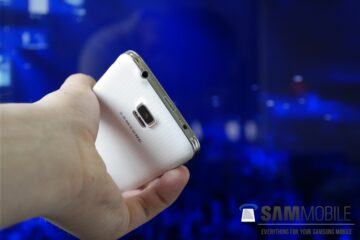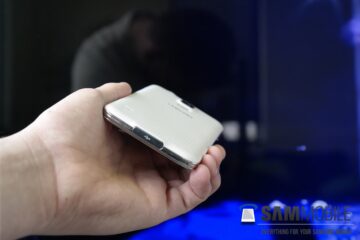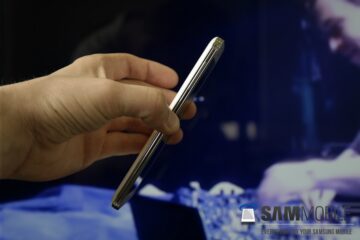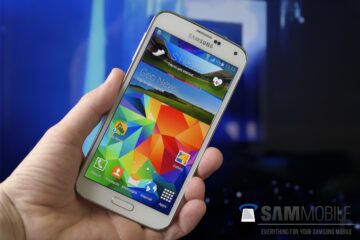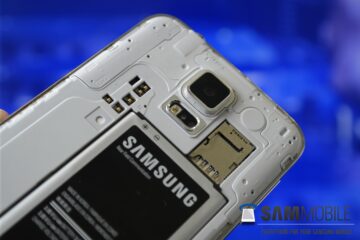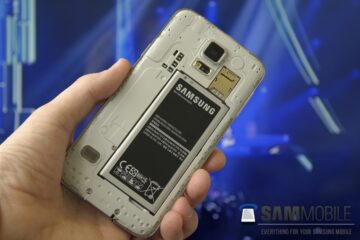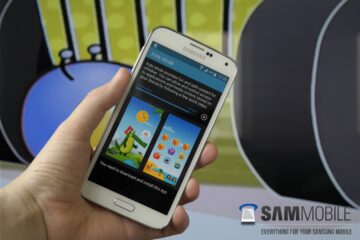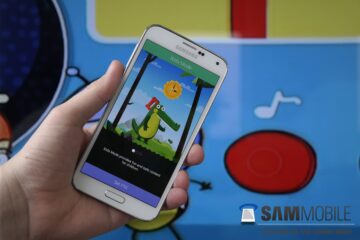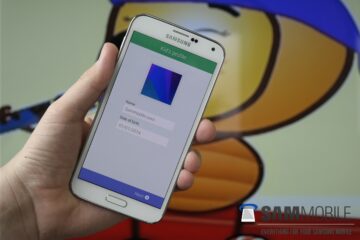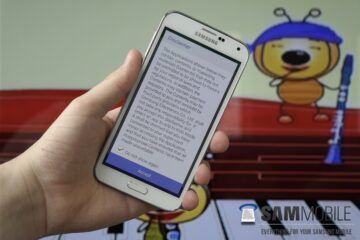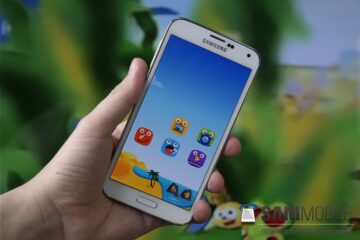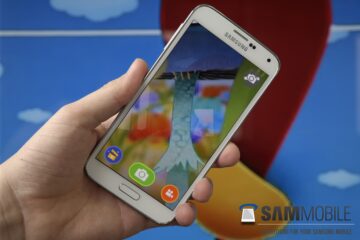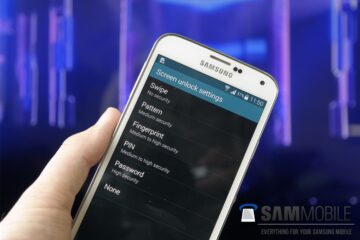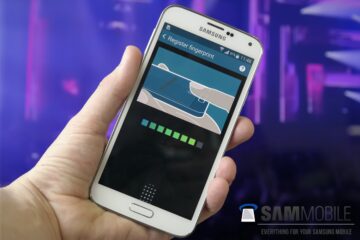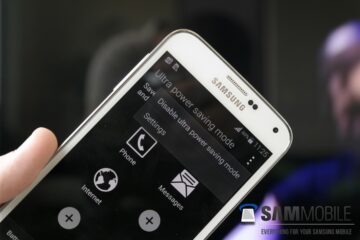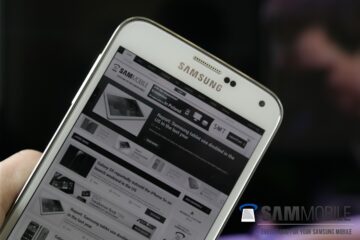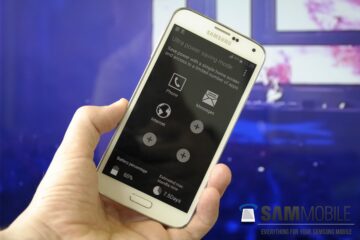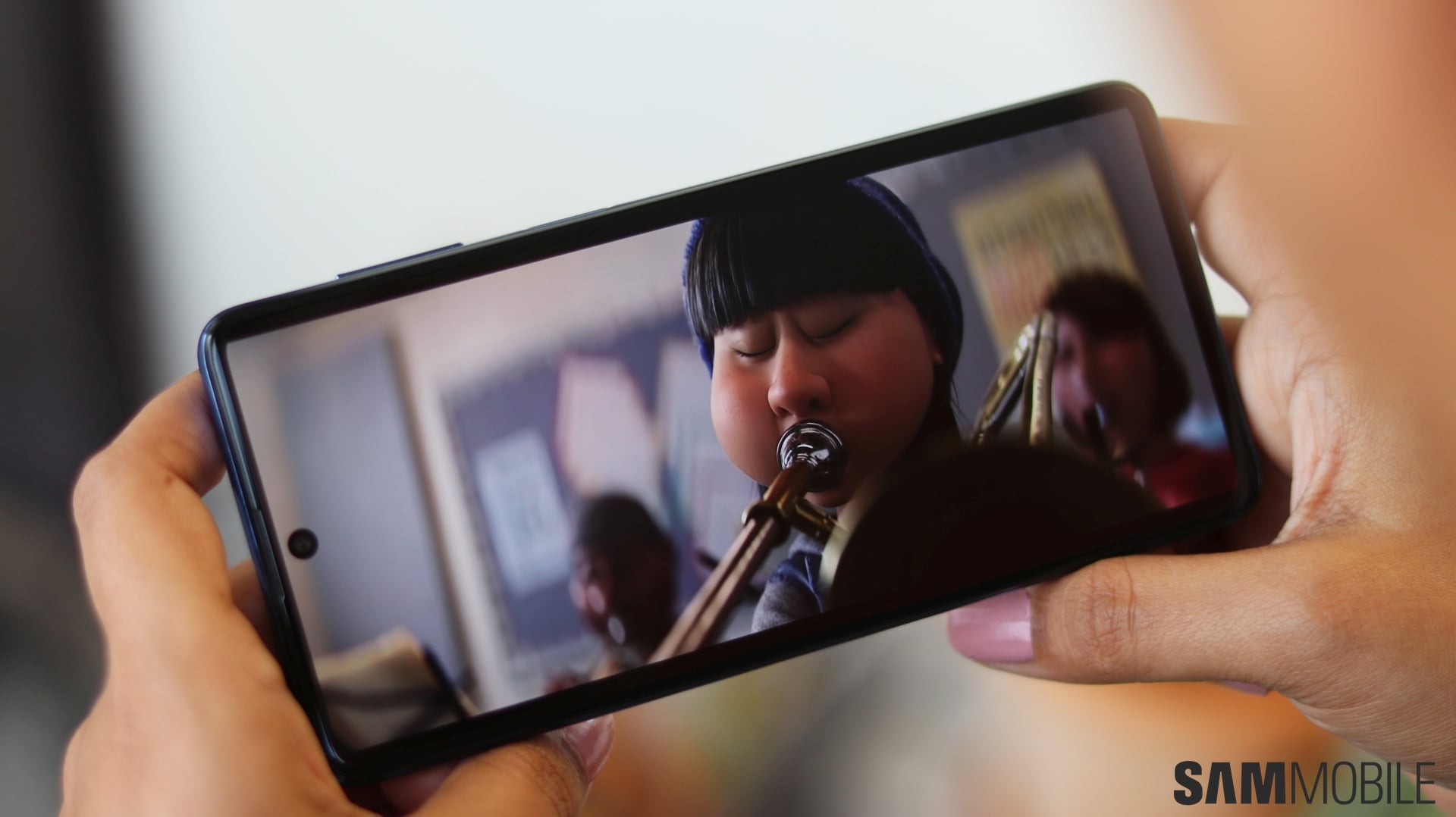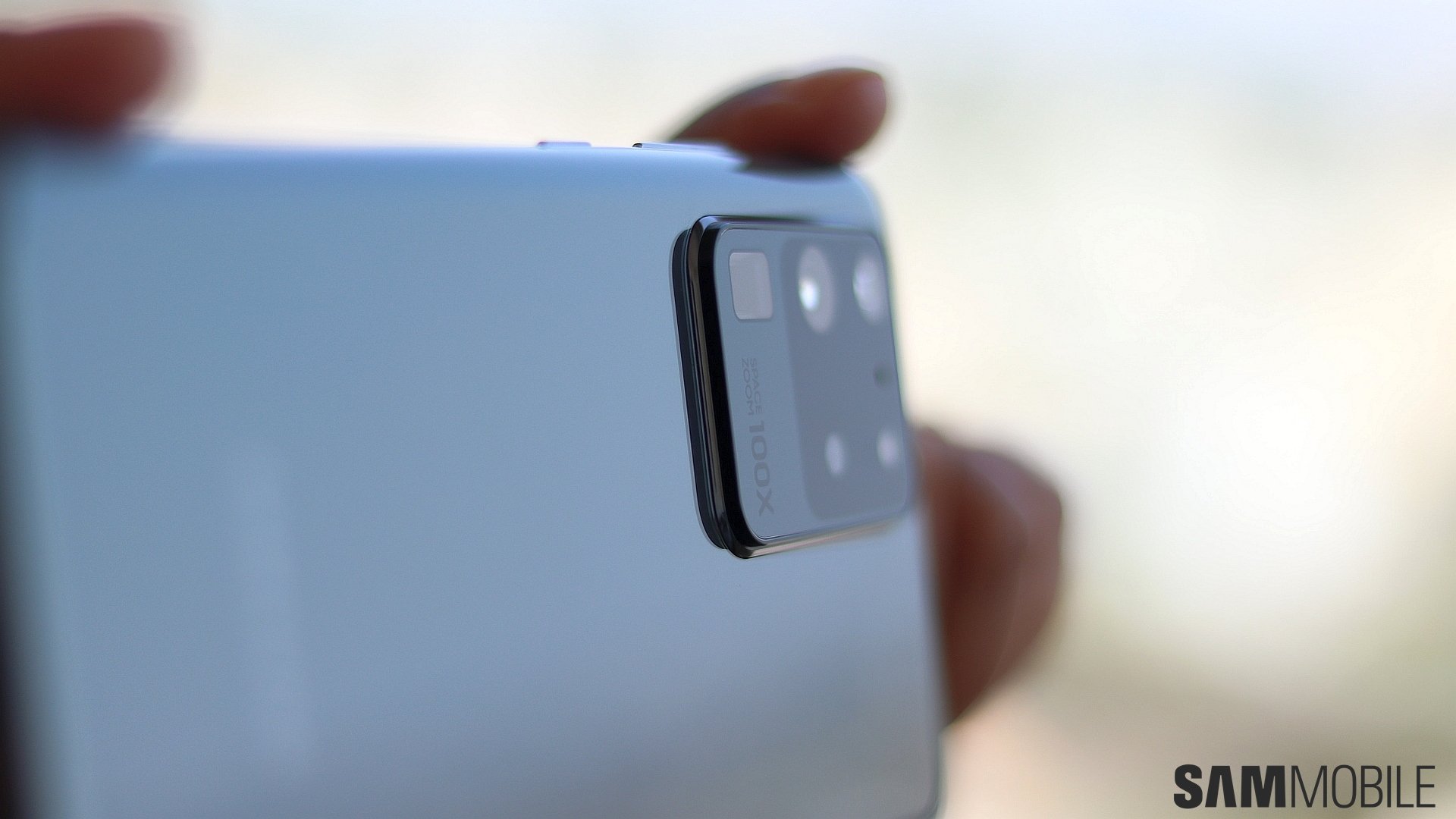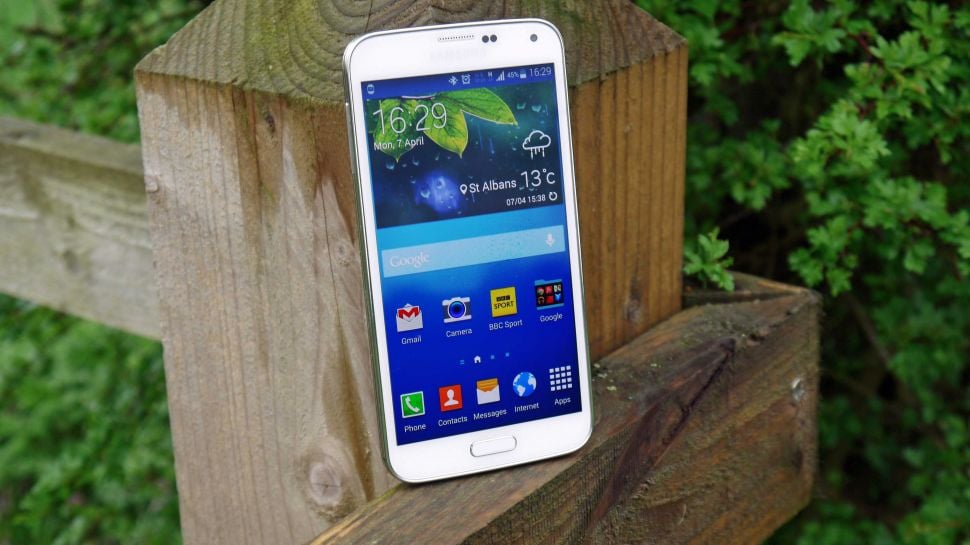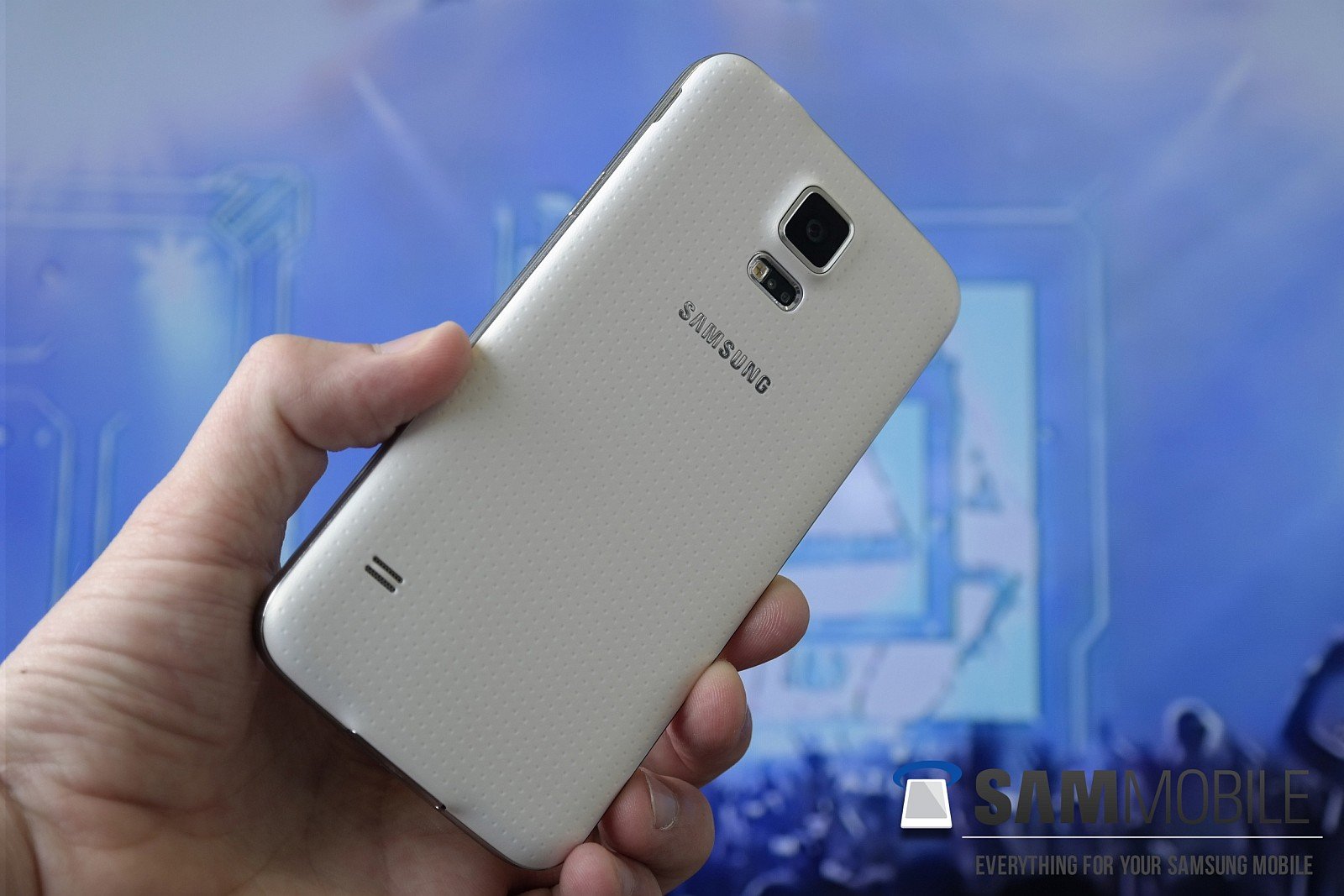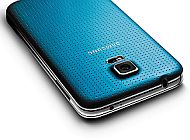
Read on.

Design
Each year, the biggest question on everyone's minds is whether Samsung will adopt a new design for its latest flagship. This year, one of the biggest rumors about the Galaxy S5 were centered around its design, but unfortunately, Samsung once again stuck to its traditional design that has grown quite boring for a few people. On the flip side, as SamMobile's Martin said, Samsung is actually taking a risk by using the same design again and again, and since it sells quite well, you can say the design isn't so bad after all.
However, the fact remains that the design is boring, but again, it's a design that is familiar and very well received by the average consumer. The sad thing here is that the Galaxy S line has lost its special touch, as you can find the same design across almost every device Samsung releases on the market. Incidentally, the Galaxy S5 remained true to the design language of the Galaxy S4. For example, its buttons can be found in the same place, and while things like the “recent apps” button replacing the menu button offer some changes, the overall layout remains the same. At the back, there is an addition sensor for heart rate monitoring, where is more of a gimmick since not everyone will use it. Of course, there is also that fingerprint scanner on the home button, but more on that later.
The back cover is probably the best part about the design. There's room for discussion on how good the dimpled texture actually looks (it looks rather bad on the gold Galaxy S5), but it certainly makes the device feel great to hold and also leaves no possibility of fingerprints. Compared to the Galaxy S4, the Galaxy S5 feels brilliant to hold and use every day, which is sure to make a lot of people overlook the fact that the design continues to be more of the same.

The Galaxy S5 also sports IP67 certification for water- and dust-resistance. IP stands for “Ingress Protection” and is used to specify the level of environmental protection of enclosures around electronic equipment. The IP number is composed of two numbers, with the first referring to protection against dust (solid) objects and the second against liquids. In short, using the Galaxy S5 in the rain for short bursts or having it submerged in 1 meter of water for 30 minutes should cause it no damage, as long as all the port flaps are tightly closed. Tests have shown the phone to be quite resistant to water and generally considerably more rugged than the Galaxy S4, but you should still heed caution when using it as you might not always be that lucky.
First number
0 – No protection (Sometimes X)
1 – Protected against solid objects up to 50mm³
2 – Protected against solid objects up to 12mm³
3 – Protected against solid objects up to 2.5mm³
4 – Protected against solid objects up to 1mm³
5 – Protected against dust, limited ingress (no harmful deposit)
6 – Totally protected against dustSecond number
0 – No protection (Sometimes X)
1 – Protection against vertically falling drops of water (e.g. condensation)
2 – Protection against direct sprays of water up to 15 degrees from vertical
3 – Protection against direct sprays of water up to 60 degrees from vertical
4 – Protection against water sprayed from all directions – limited ingress permitted
5 – Protected against low pressure jets of water from all directions – limited ingress permitted
6 – Protected against low pressure jets of water, limited ingress permitted (e.g. ship deck)
7 – Protected against the effect of immersion between 15cm and 1m
8 – Protected against long periods of immersion under pressure

Display
Each year, Samsung seems to adopt the “one step bigger” motto – the Galaxy S III had a 4.8-inch screen, the Galaxy S4 was 5-inches, and now the Galaxy S5 sports a 5.1-inch (Full HD) display. Like with all of its S lineup, Samsung is using its own Super AMOLED display panel, which offers deep blacks that also come in handy for energy savings as all the pixels are simply turned off to display blacks. However, whites have always been a problem on OLED panels – compared to LCD panels, white images would have a yellow/blue tint on them, which wouldn't look good when you had a LCD display side by side.
However, that is now an issue of the past, as whites are extremely white on the Galaxy S5's display, which is the brightest we've ever seen. The colors simply pop out of the screen (though you can reduce the contrast by changing the display mode) and everything looks sharp thanks to the 1080p resolution of the display. Outdoor visibility is great as well, as long as you have auto brightness on, which allows the screen to reach up to 600 nits of brightness. Put simply, this is the best OLED display Samsung has put on a device till date, and even the experts agree.
Interface/Software
A characteristic of every Galaxy device is that they all work the same, and the Galaxy S5 is no exception. The interface has now become much more flat but still has that familiar feel that won't alienate existing Samsung device owners upgrading to the Galaxy S5. What I noticed is that the software has become much faster than before (which can be attributed to both optimization and the faster processor ticking away inside), though the gallery app remains as slow and laggy as the one on the Galaxy Note 3 and other Samsung devices. Samsung has added a few useful new features in addition to the existing ones.

A so-called Toolbox has joined the party, and is a small sub menu that ensures you can access your favorite apps quicker and faster. It's a nice addition and barely takes space on the screen, and can be customized to set your own shortcuts. Another new feature is Download Booster, which lets you download large files faster by downloading a file through the Wi-Fi and 3G/LTE connection at the same time, though it's not a feature most will need or use every day.

There's also something for the little ones, called Kids Mode. In Kids Mode, a crocodile character named Kroko will guide children through using the device in a fun way, allowing kids to use their parents' phones. In this mode, a parent can select which functions his/her kid can use, such as certain applications, the contacts they can call in an emergency, and even things like the camera and gallery. There's also the option to download apps focused on children through a dedicated Kids Store, though Kids Mode must be downloaded and installed the first time before you can use it.
However, not everything is nice and shiny in Samsung's interface. For example, the settings menu hasn't improved – while the tabbed interface is gone, it takes more time to find the right settings options thanks to the haphazard way they are laid out in the default grid view, though you can select a standard list view to improve it. But then again, there's also the fact that once everything is set up, most folks won't exactly open the settings menu too often.

In short, Samsung's interface is a worthy update. It looks and works a lot better than before and is still recognizable for existing Samsung users, which ensures that the consumer finds things easy to use and remains trapped in Samsung's own ecosystem that now runs very well.
Fingerprint Sensor
The fingerprint scanner on the Galaxy S5 is one of its touted features. It's different from the way Apple implemented it on the iPhone 5s, as in users need to swipe their finger across the sensor with a downward movement. This works very well, even one handed, and the sensor was accurate 9 out of 10 times (which is odd since others say it doesn't work very well for them.) The trick here is to register your thumb in the way you would press the home button, which is to say your thumb should be parallel to the home button instead of vertical to it when you're swiping across the sensor.
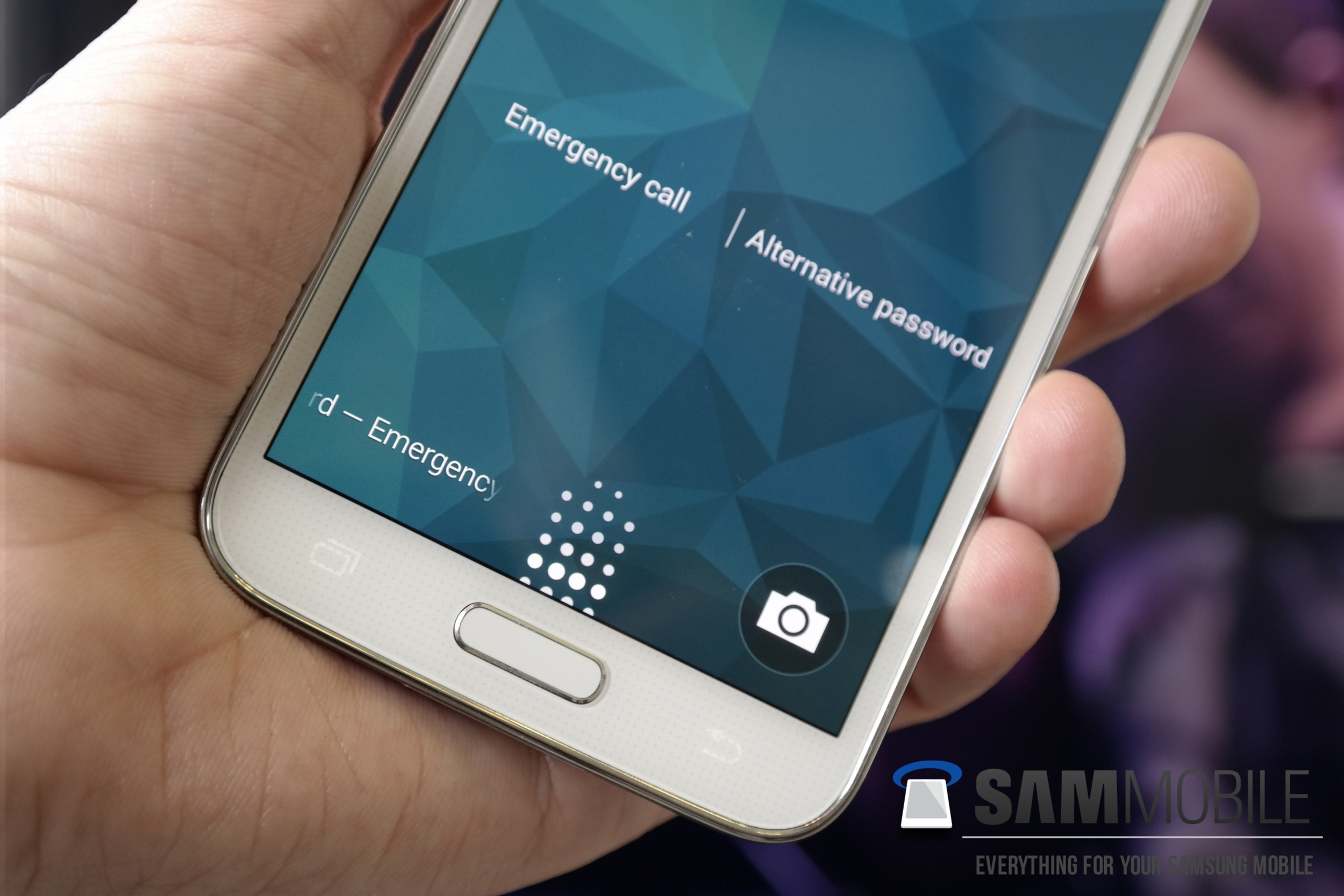
With Samsung's fingerprint scanner, you can unlock the screen, secure files and apps, make PayPal payments in websites and mobile apps, and much more. Again, it's not something people will use every day (well, except for unlocking the screen), but it's good to see that Samsung has added a few features to take good advantage of the fingerprint scanner.
Camera
During the announcement event, we noticed that Samsung was focusing purely on the user experience, in that it is all about what you do with your phone. The normal consumer uses their phone for three important things: calling, internet and capturing photos, and the last of those is something that has been given immense focus on the Galaxy S5.

Samsung opted for a 16-megapixel ISOCELL camera on the Galaxy S5, with the ISOCELL lens technology allowing for more light to hit the sensor for better pictures in low-light with less noise. We do not have anyone on our team with a love for photography, but we did notice some differences between the Galaxy S5 and Galaxy Note 3 camera.
The camera on the S5, simply put, is the best from Samsung yet, with functions such as real-time HDR (which gives a real-time preview of what your photo will look like in HDR mode after being captured) and selective focus (for defocusing parts of an image) making taking pictures a lot of fun. There's a ton of detail in images taken outdoors and in good lighting, though low-light photos once again continue to be the weak point, even though low-light photos come out better than the Galaxy S4 or Note 3 camera.
The Galaxy S4 and Note 3 came with tons of modes in the camera app, but most of these have been dropped in the Galaxy S5 camera app, leaving only the bare essentials and the ones you'd actually use. You can still download extra modes as you wish, however, so you still have access to them even if by default they aren't present.
As mentioned earlier, the Galaxy S5 uses a 16-megapixel camera. The maximum resolution to take pictures is 5312×2988 (16:9), and you can also record videos in Ultra HD format 3840 x 2160. These videos can be watched on your phone, but to view them in Ultra HD, you need a UHD TV and they are not widely available.

Overall, the Galaxy S5 camera doesn't disappoint, with image quality, speed of capture, and ease of use all top notch as you'd expect on a flagship device.
Call quality
Yes, the Galaxy S5 can make phone calls, but the call quality isn't that great. Actually, it's terrible to be honest. Initially, we thought that our network provider might be the culprit here but after swapping out our existing SIM with the one from a different network provider, the result was exactly the same and there was no change whatsoever. The people we were talking with reported that the voice sounded a bit muffled and not very clear. We were a bit disappointed because the Galaxy Note 3 had, and still has, a much, much superior call quality than Samsung's latest flagship.
Battery
The Galaxy S5 uses a removable battery with the capacity of 2800mAh. In our testing, we were very surprised as its battery life is great for a smartphone. Compared to the Note 3 the Galaxy S5's battery is better – with the Note 3 I needed to charge my phone in the evening, while my S5 gets me through the whole day.
A great feature in terms of battery life is Ultra Power Saving Mode. This turns off a part of your software and your screen switches from color to black and white, which is supposed to create a lot of battery saving. Samsung claims that your battery will suddenly last a few hours longer, though unfortunately, this is not quite well developed as you still have a few menu pages that are dark gray, which we would like to see completely black in order to be even more lighter on the battery. In this mode you will receive all notifications and you can still make or receive calls.
The battery claims Samsung makes are a little far-fetched, but it lasts longer than in normal mode, so Ultra Power Saving Mode is certainly useful. Standard battery life is great as well, so this is one thing that will not be an issue for all but the most heavy users.

Performance
During the Galaxy S5 announcement, one thing was noticeable: why does the Galaxy S5 have less RAM than the Galaxy Note 3? The answer is quite simple: Samsung's software has become a bit lighter, and the S5 doesn't also have the stylus and other dedicated features that are present on the Note lineup. We would still have preferred to have 3GB for better multitasking, but overall the 2GB of RAM is more than sufficient.
Speed is not an issue either. The US and European models use a Qualcomm Snapdragon MSM8974AC 801 processor clocked at 2.5 GHz, which flies through everything with ease except the gallery, which is simply a case of bad app optimization. The other variant of the S5 uses an Exynos 5 Octa 5422 processor with four 1.9GHz Cortex-A15 cores and four 1.3GHz Cortex-A7 cores, and performance is not an issue on this variant either.
The Galaxy S5 runs Android 4.4.2 KitKat, which also helps considering it's the lightest version of Android yet. All in all, the Galaxy S5 is a very speedy phone, though we still think 3GB RAM would have made quite a few folks happy, including us.

Conclusion
Samsung walks the same road with the Galaxy S5 as they did with the Galaxy S4. There are minimal updates that make it just the right upgrade for those on a Galaxy S III, while not being that much of a step-up for Galaxy S4 users.
We believe that its design could have been more daring and different, but that's something that didn't happen this year. The new and improved software does ensure a better experience, though a few gimmicks like the heartbeat sensor wouldn't be missed if they weren't present. (We'll be taking a closer look at the heartbeat sensor in upcoming specials that will also include S Health, Group Play and Smart Remote features.)
In short, the Galaxy S5 is a great device with a state-of-the-art camera, good software packed with helpful features, and a stunning display. Like Samsung said, it's the user experience that counts and is the focus this time around, and the Galaxy S5 is an excellent example of the company's new motto.












